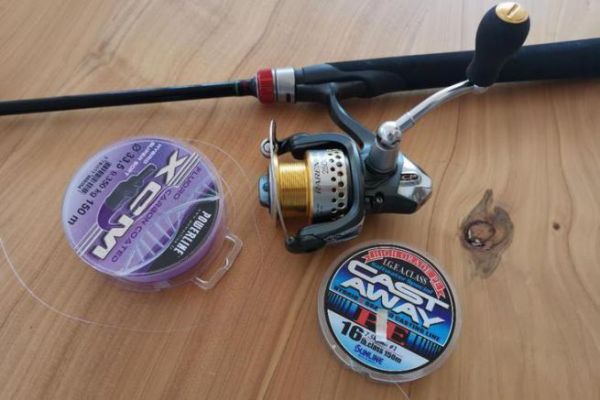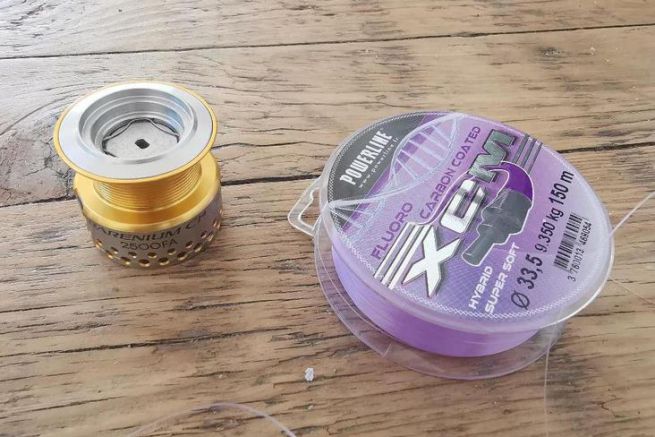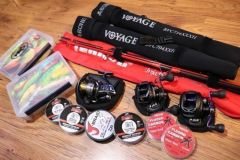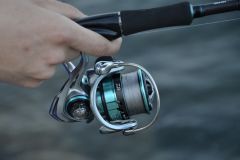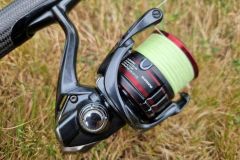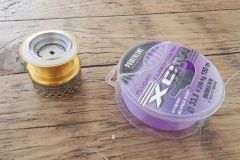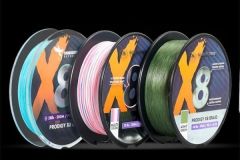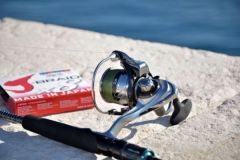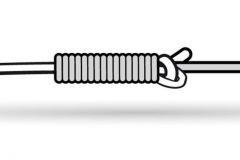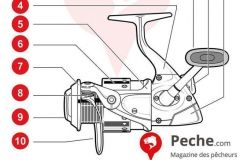A reel perfectly filled with braid must meet several criteria:
- The amount of braid is sufficient (about 1mm from the edge of the spool lip) to avoid losing casting distance.
- The amount of braid is not too great to avoid swelling and an untangleable wig when throwing.
- The braid must be tight for the same reasons as above.
- The braid must not be twisted when wound onto the spool, i.e. it must not turn on itself, which would tend to weaken it.
To meet these four criteria, we will ensure that :
- Use backing before braid: backing is a thickness of nylon that increases the diameter of the spool so you don't have to use 300m of braid, which would be completely useless.
In addition, the use of a backing, even a very short one, is essential when using braid, as it could turn around the spool instead of staying with it.
- Use a cloth to apply tension to the braid during winding.
- Keep the spool in line with the axis of rotation to prevent the braid from twisting.

Step 1:
- Put the spool on an axle (threaded rod, piece of broken cane, possibly a pen in your child's hands, etc.) so that it can rotate and wedge this axle. I wedge it between two chairs.
You'll see that if the coil turns in the right direction, your axle will stick to the back of the chairs. If it doesn't (it leaks), reverse the direction.
- Pass the braid through the first (largest) ring and attach it to your reel spool.
- Tighten the brake and hold the braid with a cloth to keep the pressure constant and sufficient to keep the braid taut.

Step 2:
- Complete with nylon for backing.
- Make a connecting knot between your braid and the nylon (FG knot, peixet, albright, etc.).
- Hold your nylon with the cloth to keep it taut and reel in until the spool is complete (1mm from the edge of the spool lip).
- You now have the right amount of backing and braid.
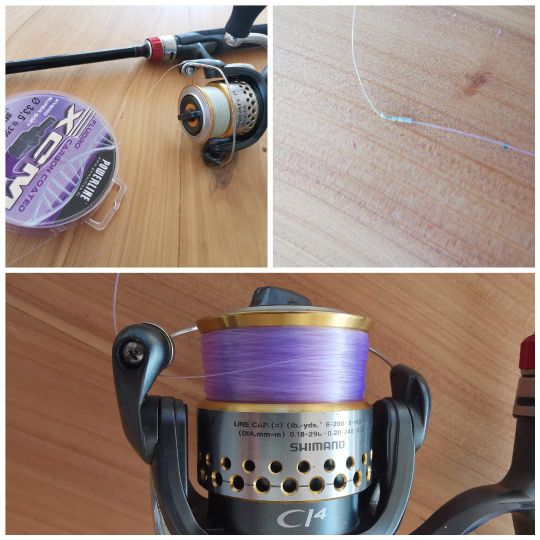
Step 3:
If your reel has two spools, connect the backing with a special knot (e.g. Arbor) to the second spool, then do the opposite and your reel will be full.
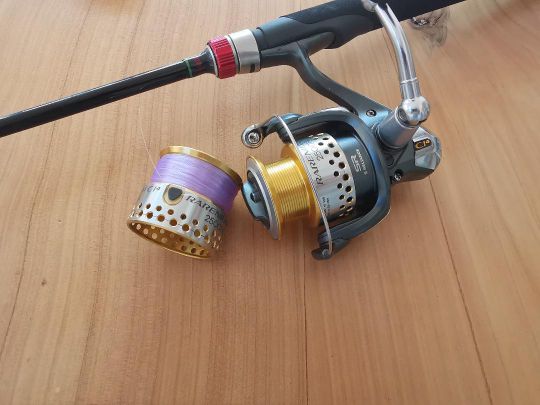
Step 3 bis:
- If you don't have a second spool, the trick is to place the empty braid spool on a drill bit. You can make several turns of painter's tape to bring it to the right diameter so that your spool doesn't spin around the drill bit.
- Open your reel's pick-up, release the brake and keep the line in line with the empty spool.
- Run your drill at low speed until your reel is empty.
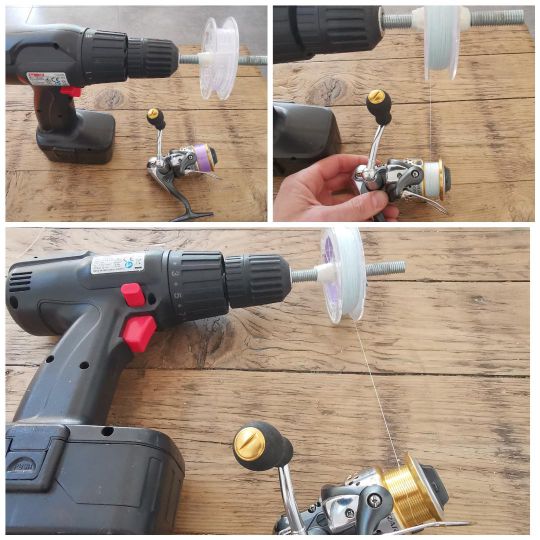
Step 4:
- Repeat the same operation on another empty spool of wire, keeping the spools aligned to avoid twisting.
- Your backing and braid are now in the right order, so all you need to do is secure the backing with a special knot on your reel and return to step 1.

Your reel is now perfectly filled with braid. You've got the right amount, it's not twisted and it's perfectly taut!
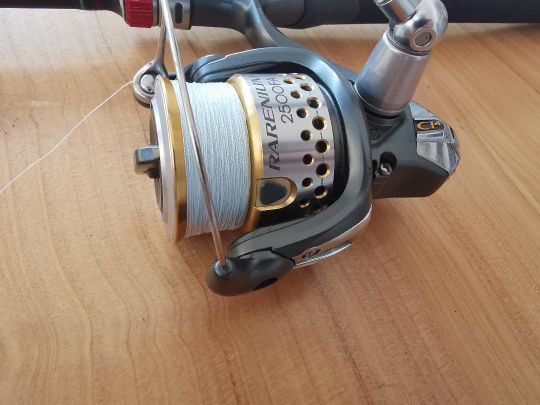

 /
/ 

